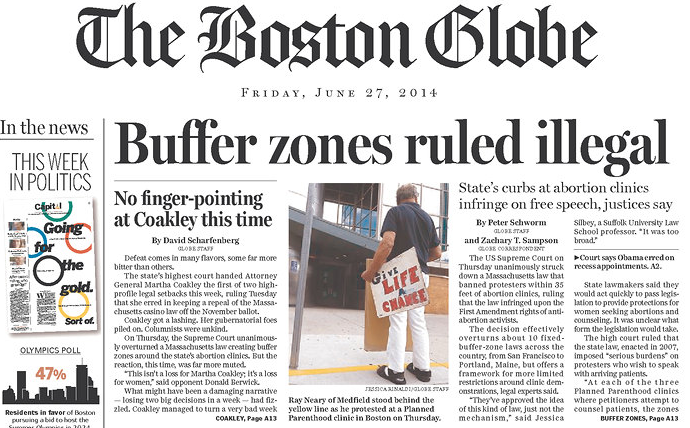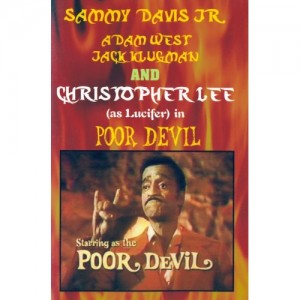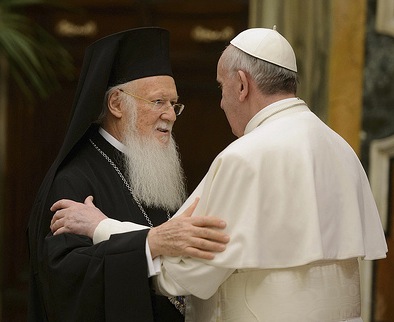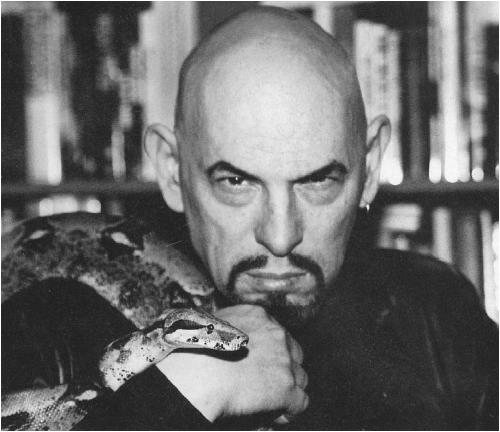In grading first-day coverage of the U.S. Supreme Court striking down a Massachusetts abortion buffer zone law, I gave The New York Times a D.
My explanation for the near-failing grade:
The NYTimes’ front-page story does an excellent job of explaining where the justices came down. But the Old Gray Lady shows her bias when it comes to reporting reactions to the decision, giving top billing — and much more space — to Planned Parenthood than the winning plaintiff.
The newspaper improved its performance — let’s give it an A for enterprise and a B for overall content — with a second-day story out of Boston exploring what the Supreme Court decision means for both sides.
The NYTimes gives readers a firsthand view of a clinic where the yellow line no longer matters:
BOSTON — Lorraine Loewen, 74, says she comes here once a week to demonstrate against abortion outside of the Planned Parenthood League of Massachusetts health care center.
On Friday, the morning after the Supreme Court struck down restrictions that had created no-protest buffer zones near abortion clinics, she stood inside the yellow line on the pavement that marked a 35-foot radius around the clinic’s entrance.
Ms. Loewen, a retiree from Dedham, Mass., approached a woman and a man who had climbed out of a taxi and were walking toward the clinic, which provides an array of sexual health services, including abortions, and spoke softly in the woman’s ear. She handed the woman a pamphlet depicting a woman’s face and the words, “It’s your choice.”
“I asked her if we could be of any help,” Ms. Loewen said, adding that she preferred talking close up with the people going to the clinic rather than yelling at them from outside the line.
On Friday, Ms. Loewen and a handful of other demonstrators were among the first anti-abortion activists, as a few police officers looked on and a volunteer escort stood ready to bring patients inside the clinic.
From there, the story offers brief background on the high court ruling and then turns to a long section outlining concerns of state officials and abortion-rights advocates who favored the buffer zone law.
The NYTimes allows one couple to complain anonymously about the protesters:














